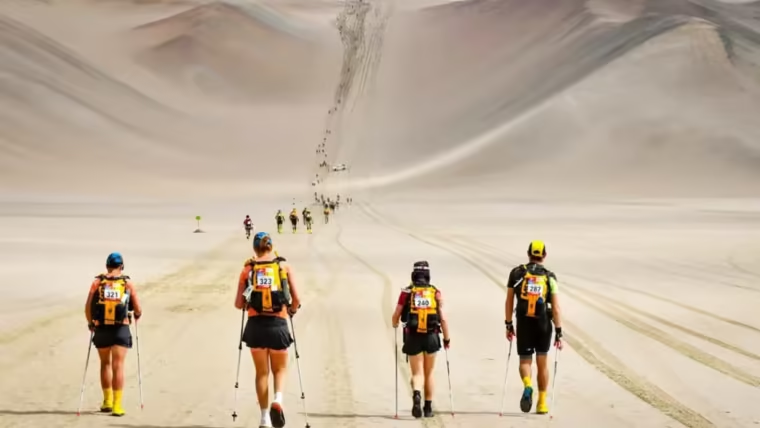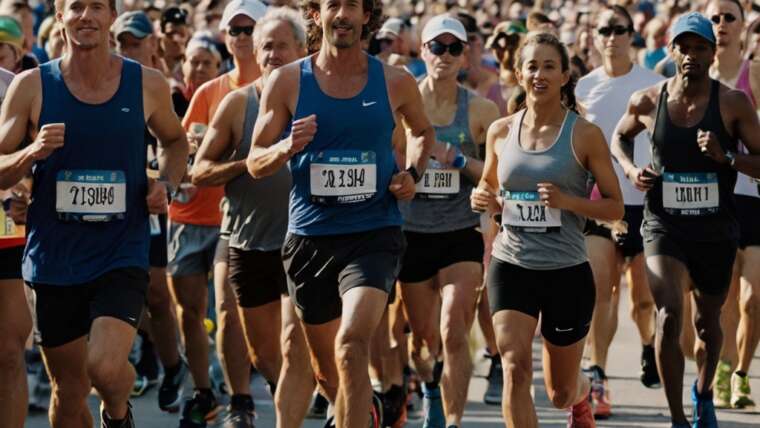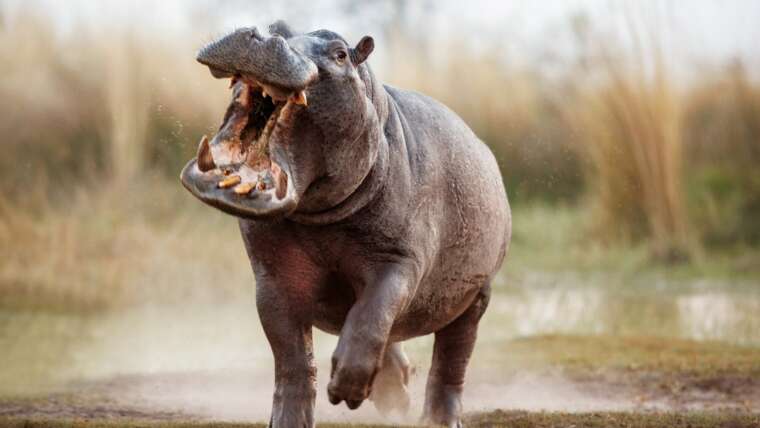
There are few more historic sports than horse racing, with the first races dating back generations. However, the sport has constantly evolved throughout generations, with more emphasis than ever before put on technological advancements in this modern era.
While many would argue that there are few lessons that can be learnt from aspiring runners compared to racing, there are more similarities than many would believe. Despite being around for generations, horse racing is as popular as it has ever been in this modern day, and if you are looking to learn more about betting strategies, you can read more here.
However, what lessons can runners learn from racehorses and their performances and recoveries?
Table of Contents
Using Power
Power is a trait that is required in both running and horse racing, with a vitally important kick to the finish essential in both disciplines. This can often be the difference between achieving the best finishing position or finding yourself having regrets that you could have improved on your time.
Of course, it goes without saying that horses have more power than humans, with racehorses able to complete a 100m dash in half the time of the reigning Olympic champion over the distance. But, the time to use the power could be a key lesson for runners.
Horses will only use their final kick in the final stages of a race, taking advantage of how tactics have been deployed to their advantage. That could also be the case for runners, as a perfect time to using your sprinting speed could be in the final 200 or 400 metres to ensure that you outlast your opponents.
However, ensuring that you have trained for this finish is important, as a failure to do so could result in injury.
Mental Resilience
Beginners may feel as though horses are purely told what to do when they are in action, but this isn’t the case. Some of the best equines in the world have a mind of their own, and they will be aware of the job that must be done on track to get their nose in front.
The mental procedure for horses starts before a race even gets underway, as they will need to be calm in the prelims, including when walking around the parade ring in front of a huge audience.
Crowd noise and delays could also impact the resilience of a horse, with only the most talented able to stay relaxed. Failure to do so could ultimately impact their performance on track, as they may become anxious and sweat. This is also the case with runners, as anxiety and nerves could impact how you perform over a long distance.
Feeling worn down will have a negative impact on performance, which means keeping your nerves in check and following similar race patterns is vitally important to ensure that you perform to your best level. For the most part, horses are built reliance through prep runs, either on track or in training.
This will see equines become accustomed to everything that they will later encounter on track, meaning that they will be less nervous when it is time to perform. Runners can follow this same procedure, taking steps to ensure that you know the route, and the pre-race strategy that you aim to follow before race day arrives.
Recovery
The very best horses in the world will likely only compete on track four or five times per season, with their main aim for the season likely coming at the end of a calendar year.
A trainer’s job is to ensure that they peak at the perfect time to perform at their highest standard for the main target during the season, such as Sierra Leone, who will be aiming to retain his Breeders’ Cup Classic crown in 2025. Getting to the end of the season in peak condition will require a number of prep runs, but the most important factor that is considered is the rest periods in between runs. Relaxation is vitally important to getting the best out of horses, as they will typically take five days after a run before returning to training.
As well as relaxing, trainers will also ensure that their runners are healthy, creating safe and comfortable environments to recover. In this modern day, many horses will have a number of therapeutic treatments available, such as massages and cold laser therapies. Both of which can also be utilised by runners. Ice baths are also incredibly popular across both sports in this modern day.
A similarity between the two also revolves around the use of supplements, with horses able to take collagen, MSM, and hyaluronic acid to aid recovery. Runners should also take supplements to ensure that they can get quick recovery times, as extended breaks could halt your progress.


